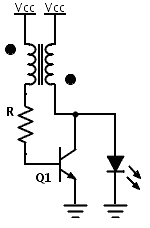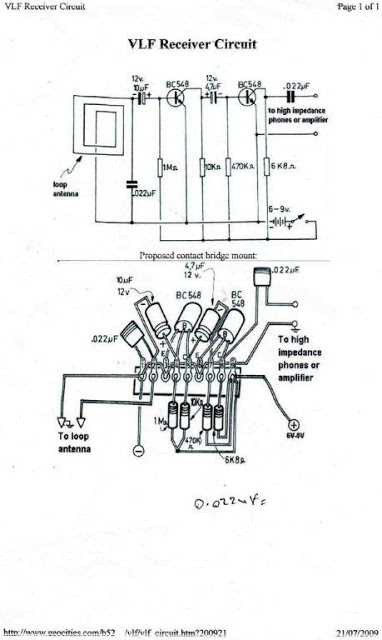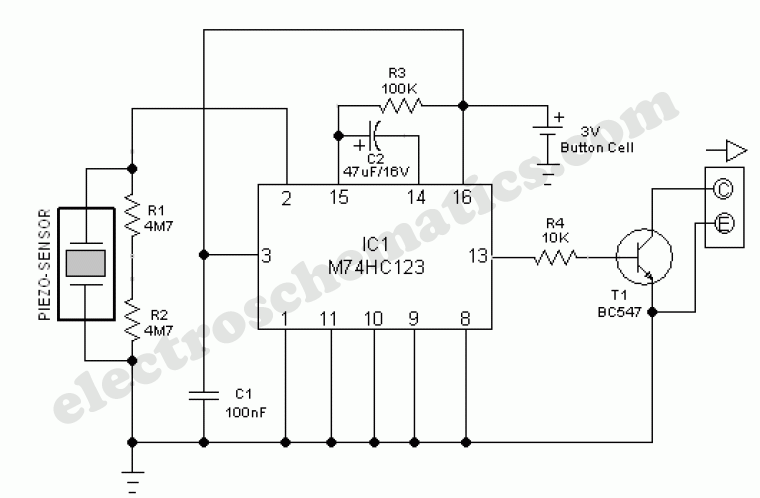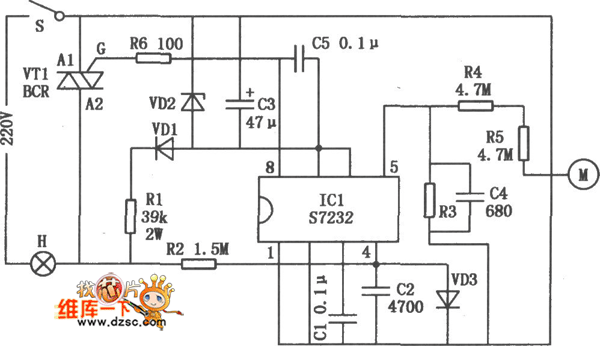
LED Boost converter Joule Thief circuit

Previously, a boost circuit was tested that enables the powering of a 3 V LED using a discharged battery (approximately 1 V or lower). This circuit consists of a single transistor, one resistor, and a small transformer with a 1:1 turns ratio. The underlying theory of this circuit appears to be unclear, as there are numerous comments and inquiries regarding modifications, such as adding turns or increasing the resistor value.
The described boost circuit operates on the principle of raising the voltage from a low input level to a higher output voltage sufficient to drive a 3 V LED. The circuit's core component, a transistor, functions as a switch, controlling the current flow through the transformer. When the transistor is turned on, current flows through the primary winding of the transformer, creating a magnetic field. When the transistor switches off, the magnetic field collapses, inducing a voltage in the secondary winding of the transformer.
The use of a 1:1 turns ratio transformer is critical; it allows the circuit to effectively transfer energy from the primary to the secondary winding without significant losses. However, the output voltage is influenced by the rate of change of the magnetic field and the load connected to the output. The resistor in the circuit plays a vital role in limiting the current through the transistor, ensuring it operates within safe limits and preventing damage.
Modifications to the circuit, such as increasing the number of turns in the transformer or adjusting the resistor value, can impact the performance. Adding turns to the transformer can increase the output voltage, but it may also affect the efficiency and response time of the circuit. Similarly, altering the resistor value can change the operating point of the transistor, which may either enhance or degrade the circuit's performance.
Understanding these dynamics is essential for optimizing the circuit for specific applications, such as powering LEDs from low-voltage sources. Further experimentation and analysis are recommended to achieve the desired performance while ensuring reliability and efficiency.In the past I already tested a nice boost circuit that allows us to power a 3 V LED with a discharged battery (around 1 V or less). This circuit uses just one transistor, one resistor and a small transformer (1:1 ratio). The theory behind this circuit seems to be obscure as we can find lot of comments and questions like: can I add turns, can I increase the resistor 🔗 External reference
The described boost circuit operates on the principle of raising the voltage from a low input level to a higher output voltage sufficient to drive a 3 V LED. The circuit's core component, a transistor, functions as a switch, controlling the current flow through the transformer. When the transistor is turned on, current flows through the primary winding of the transformer, creating a magnetic field. When the transistor switches off, the magnetic field collapses, inducing a voltage in the secondary winding of the transformer.
The use of a 1:1 turns ratio transformer is critical; it allows the circuit to effectively transfer energy from the primary to the secondary winding without significant losses. However, the output voltage is influenced by the rate of change of the magnetic field and the load connected to the output. The resistor in the circuit plays a vital role in limiting the current through the transistor, ensuring it operates within safe limits and preventing damage.
Modifications to the circuit, such as increasing the number of turns in the transformer or adjusting the resistor value, can impact the performance. Adding turns to the transformer can increase the output voltage, but it may also affect the efficiency and response time of the circuit. Similarly, altering the resistor value can change the operating point of the transistor, which may either enhance or degrade the circuit's performance.
Understanding these dynamics is essential for optimizing the circuit for specific applications, such as powering LEDs from low-voltage sources. Further experimentation and analysis are recommended to achieve the desired performance while ensuring reliability and efficiency.In the past I already tested a nice boost circuit that allows us to power a 3 V LED with a discharged battery (around 1 V or less). This circuit uses just one transistor, one resistor and a small transformer (1:1 ratio). The theory behind this circuit seems to be obscure as we can find lot of comments and questions like: can I add turns, can I increase the resistor 🔗 External reference





